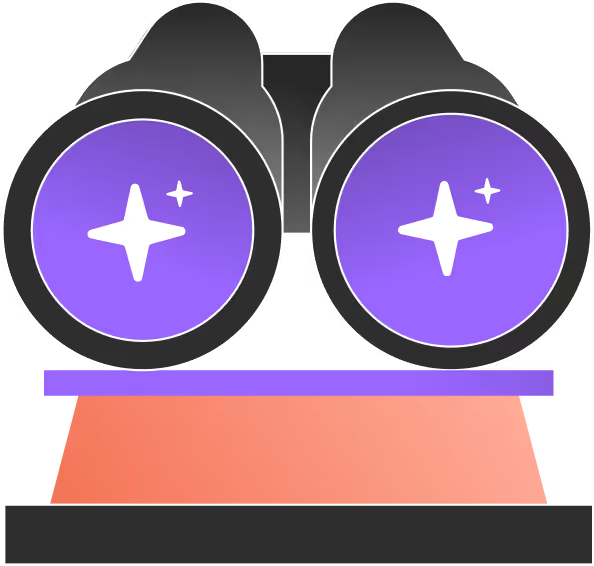


















While considering and implementing transformations at this scale, people play a significant role in championing the initiatives for positive outcomes. However, while driving AI discussions in your organizations, fear of job loss inhibits employees from rallying for transformations.

of IT professionals expressed worry that AI tools will make their day-to-day skills obsolete.
69% of them believe they’re at risk of being replaced by AI. - Pluralsight
The onus therein lies on CIOs and other CXOs to abate employee concerns, address them with necessary reskilling, and pave the way for meaningful roles that are sustainable in an AI-driven future.
Leaders are often criticized—either in a positive or negative connotation—for the way they communicate. Communicate early and often on how you as a leader view AI as a force multiplier, productivity booster, and not as a dreaded job killer.
Take every opportunity, whether in townhalls or successful AI pilot demos, to recognize ‘AI+human’ success stories.
Conduct a process-level inventory to identify and common yet repetitive processes that your team works on especially ticket classification, password resets, or knowledge-article drafting. Bring visibility to your team on the time spent on these tasks that actually don’t demand their effort, which then helps them see the larger picture of automation.
Help them see that by automating L1 and to a certain extend L2 chores, you’re reserve their efforts for complex incident management or patch deployments that require human oversight.
Parallelly, CIOs do realize that continuous learning is vital for their teams to implement transformational AI initiatives.

of business executives cite lack of technical skills as a barrier to scaling AI adoption. - Deloitte

Identifying skill gaps and allocating enough budgets to upskill your current workforce in areas like AI tool implementation, data analytics, automation scripting, or prompt engineering is a win-win for both employees and leaders who want to drive AI-based modernization.
As you revamp your talent strategy, you’ll quickly notice the evolution of roles for which you could train and deploy your front-line staff effectively. These emerging roles are mostly around areas like building automations, AI model training and monitoring, data science, governance and AI ethics.
Here are a few roles you can consider in your IT org as you ramp up AI initiatives.
rOLES | Description | Sample responsibilities |
AI implementation specialist | Integrate AI tools into existing service workflows | Select chatbots, map data flows, configure models, track adoption KPIs |
AI automation architect | Own end-to-end automation strategy | Identify high-ROI processes, design technical architecture coordinating between ITSM and AI teams |
AI model trainer | Keep service-desk models accurate and bias-free | Curate ticket data, fine-tune language models, audit responses and retrain drift |
AI governance lead | Define and enforce responsible-AI policies | Set approval workflows, run bias audits, ensure transparency in AI decisions |
ITSM data analyst | Turn AI-generated logs into insight | Analyze chatbot transcripts, flag failure patterns, recommend service-flow improvements |
